The Stonewall riots, in which patrons of a New York City bar that catered to LGBTQ+ people, rose up against police harassment and societal oppression, is generally credited with starting the modern queer rights movement. Some of the details about what happened at Stonewall are disputed, and the full story is unknown even to many LGBTQ+ folks. Here’s a look at some of the facts about Stonewall.
Stonewall wasn’t the first LGBTQ+ uprising
There had already been other demonstrations against the oppression of LGBTQ+ people — early on, referred to less inclusively as gays, gays and lesbians, or even homosexuals, although bisexual and transgender people were very much part of the movement.
There were the actions at Cooper’s Donuts in Los Angeles in 1959, then protests at the Black Cat Bar in L.A. in 1967. In 1966, there had been riots at Compton’s Cafeteria in San Francisco. In Philadelphia, gay and lesbian activists marched at Independence Hall each July 4 from 1965 to 1969.
But Stonewall was the “Big Bang” that jump-started the movement at the end of a tumultuous decade, as historian Lillian Faderman wrote in Long Road to Freedom: The Advocate History of the Gay and Lesbian Movement, published in 1994. The riots took place over several nights at the Greenwich Village bar, starting in the early morning hours of June 28, 1969.
There are numerous eyewitness accounts
Here’s some of what The Advocate carried in 1969. It was written by Dick Leitsch and first published in the New York Mattachine Newsletter, then reprinted in The Advocate.
“Plainclothes officers entered the club at about 2 a.m., armed with a warrant, and closed the place on grounds of illegal selling of alcohol. Employees were arrested and the customers told to leave. The patrons gathered on the street outside and were joined by other Village residents and visitors to the area.
“The police behaved, as is usually the case when they deal with homosexuals, with bad grace, and were reproached by ‘straight’ onlookers. Pennies were thrown at the cops by the crowd, then beer cans, rocks, and even parking meters. The cops retreated inside the bar, which was set afire by the crowd.
“A hose from the bar was employed by the trapped cops to douse the flames, and reinforcements were summoned. A melee ensued, with nearly a thousand persons participating, as well as several hundred cops. Nearly two hours later the cops had ‘secured’ the area.”
But the accounts vary
There are often references to the “first brick” being thrown at the riots, but activist Mark Segal, who was there, disputes that there was any brick. Other projectiles, yes, but not a brick.
“There was no brick,” Segal wrote in a column published by The Advocate in 2023 in partnership with the LGBT History Project and News Is Out. “It is often stated that my fellow [Gay Liberation Front] member, Sylvia Rivera, threw the “first brick” at Stonewall. Although it’s flashy and bombastic, that myth actually does not give her her rightful place in history. Both Sylvia and her GLF sister Marsha P. Johnson have spoken about where they were during Stonewall, and people today have either ignored their words or distorted them. But what cannot be disputed is that Sylvia and Marsha did something much more important than throwing an imaginary brick: they created the world’s first Trans organization, Street Transvestite Action Revolutionaries.”
Segal wrote that no one can know exactly how many people were at the first night of Stonewall or any night thereafter. “I was recently filming a BBC television show in front of the Stonewall when a tour group came by. The guide stated ‘There were 105 people in the bar that night.’ But nobody can possibly know how many people were there. Some people paid for entry and some were regulars that were let in without the door charge. But that number does give an idea of the average size of the crowd inside.
“Then, as we all know, once police began letting people outside, those with any standing in society ran for the hills as soon as they could. Those of us who remained — street kids, drag queens (later to be called trans), people of color, and the verging radical gay youth of the day — gathered around the door in a semi circle.
“There were hundreds of passersby and even more who craned their necks from a distance. That night went on for hours, so anyone who was within a few blocks could say they were at Stonewall that night. But actually participating is another matter. Anyone who says they know how many people were there must not have actually been there, since it occurred in various areas of Christopher Street and around Christopher Street. You don’t take a roll call in the middle of a riot.”
And no, the uprising wasn’t inspired by the death of Judy Garland on June 22, 1969, according to Segal and others. Segal called it a “belittling myth” that originated with a conservative, straight Village Voice columnist. Filmmaker Stephen Kijak, director of a documentary about Garland, also doesn’t buy the Garland theory, but there’s no question that she embraced her LGBTQ+ fans and they revered her. Stonewall participant Miss Major Griffin-Gracy told him that when she got home after the first night of the rebellion, she put a Garland album on her stereo.
Trans and gender-nonconforming people played a significant role
Griffin-Gracy, Rivera, Johnson, and Victoria Cruz are among the most prominent names mentioned, but there were many others. The term “transgender” wasn’t around in 1969, and trans people were often conflated with drag queens, but both trans people and drag queens were there, along with others who didn't fit the gender binary.
“Johnson, like many other transgender women, felt they had nothing to lose,” says a biography of Johnson posted by the National Women’s History Museum. “They were not only angered by the police raid but also the oppression and fear they experienced every day. In the wake of the raid, Johnson and Rivera led a series of protests.”
Trans and gender-nonconforming people remained marginalized, however, not only by society at large but by the burgeoning gay rights movement. Activist groups that formed were dominated by white gay men, and some thought inclusion of people who defied gender norms would interfere with the respectable image they were trying to cultivate. Griffin-Gracy, Rivera, Johnson, and Cruz were also people of color (Black or Latinx), which further marginalized them. But the role of trans and other gender-expansive people in Stonewall, along with people of color, is now widely acknowledged, and in 2021 activists put up a bust of Johnson at the Stonewall National Monument.
The best way to honor Stonewall is to keep fighting
The first Pride parades took place on the one-year anniversary of the Stonewall uprising, and many cities have their parades and festivals the last weekend in June in honor of the date. So go and have fun, but if you see an activist group seeking volunteers, check it out. And with the LGBTQ+ community, especially trans people, under attack from right-wingers, don’t forget that this is a presidential election year — and down-ballot races matter too — so make sure you’re registered to vote. We won’t tell you how to vote, but the choices are pretty clear.








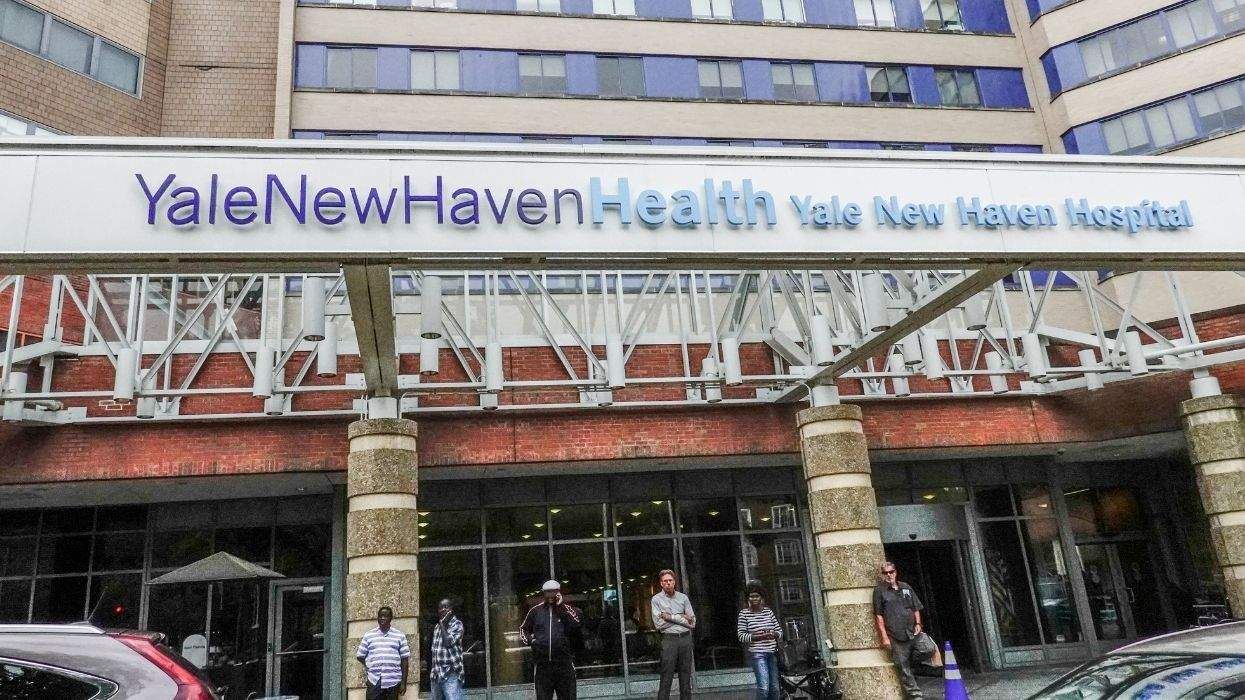
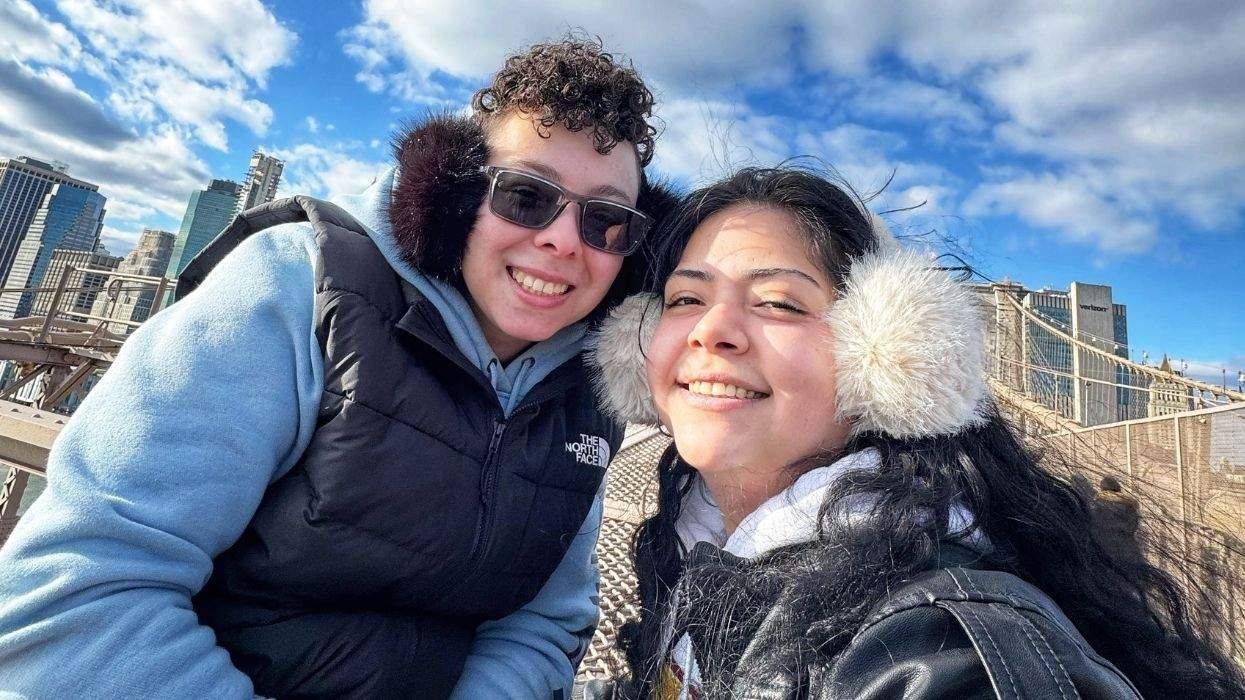
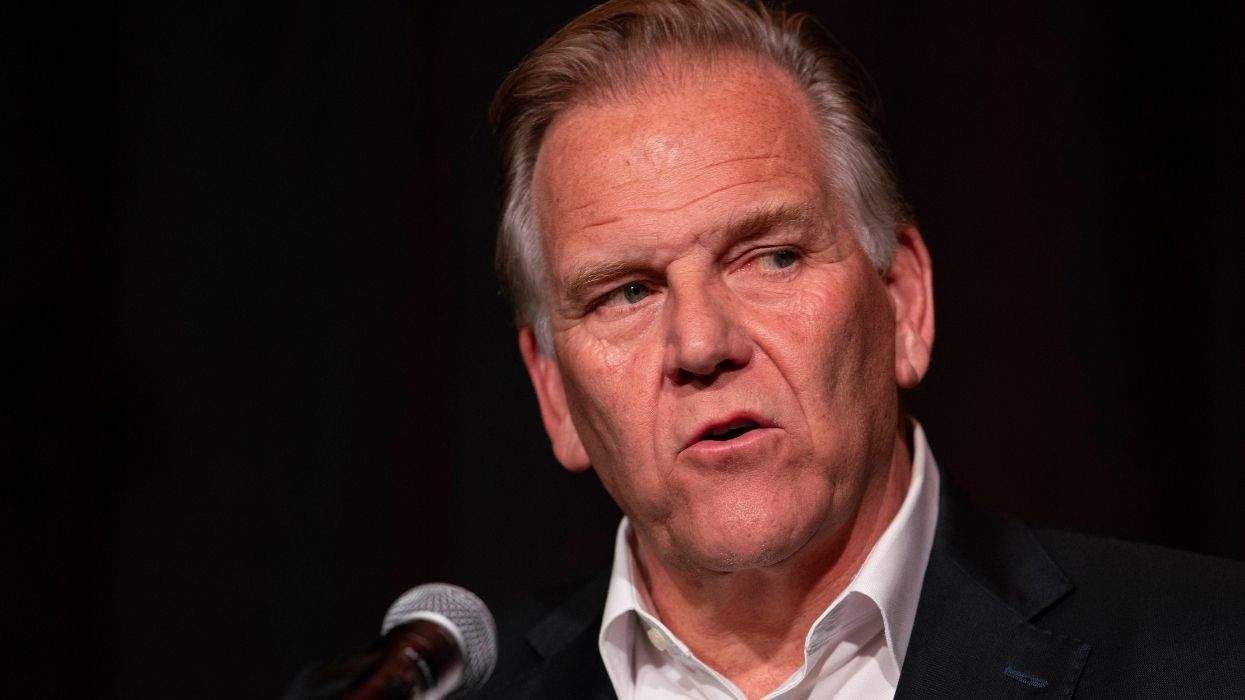






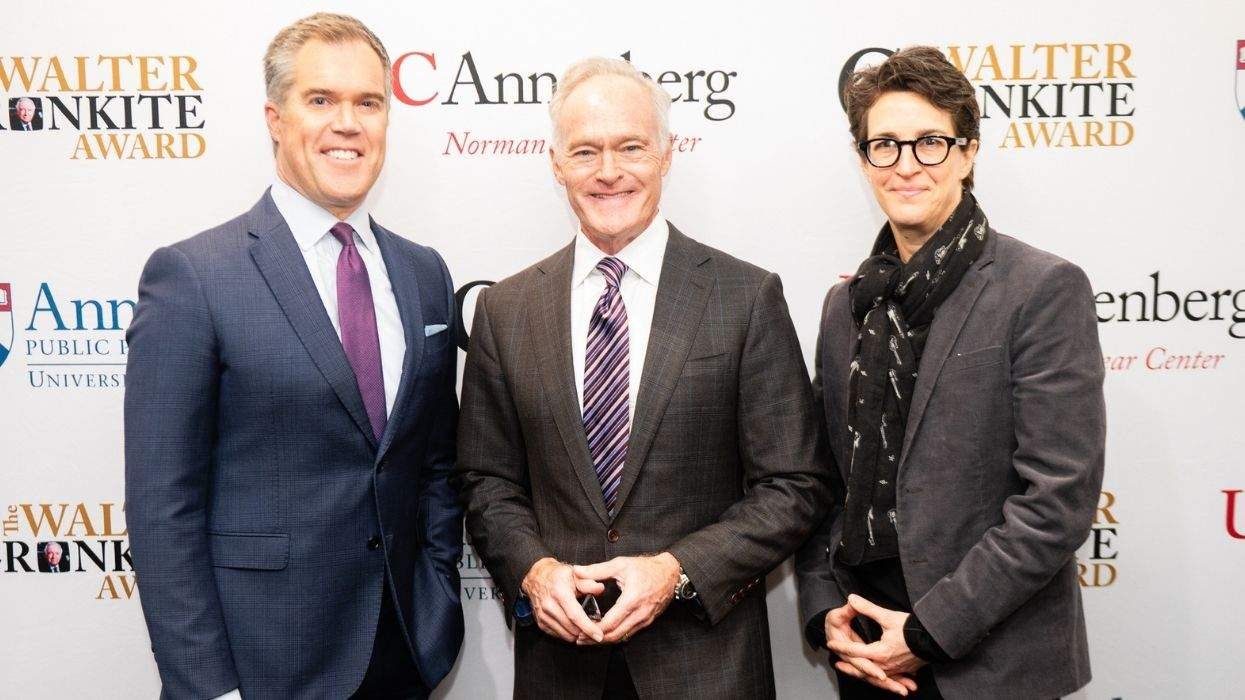
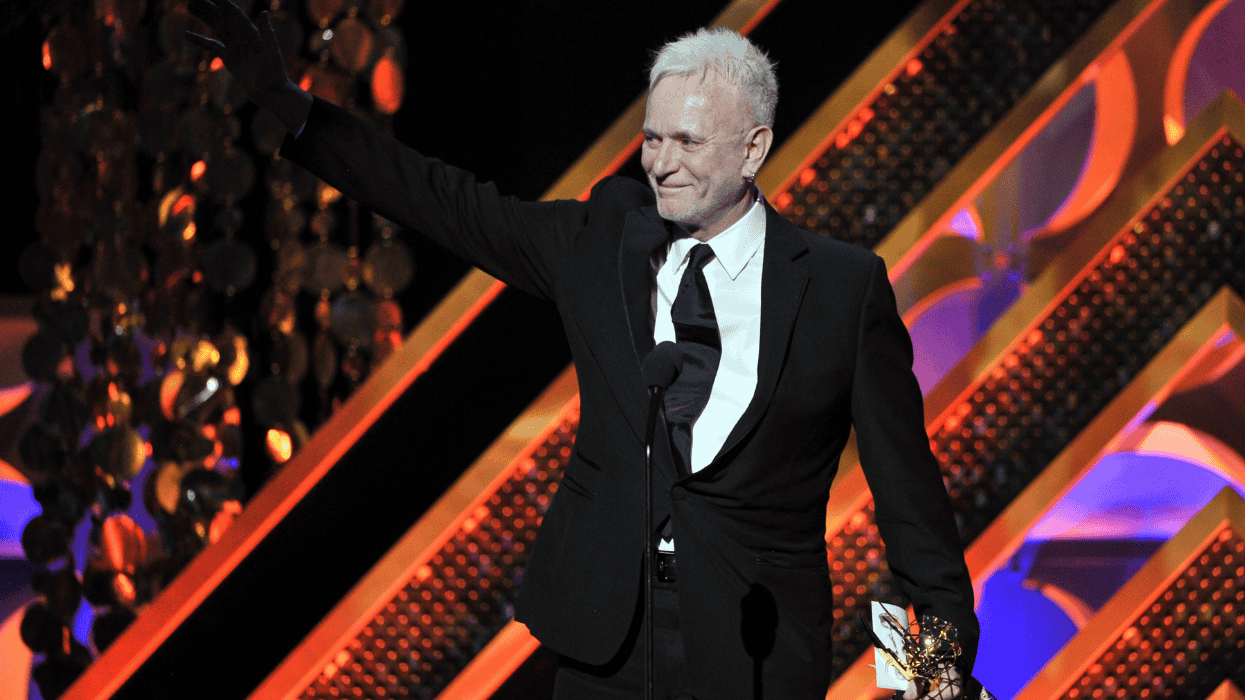

















































Charlie Kirk DID say stoning gay people was the 'perfect law' — and these other heinous quotes